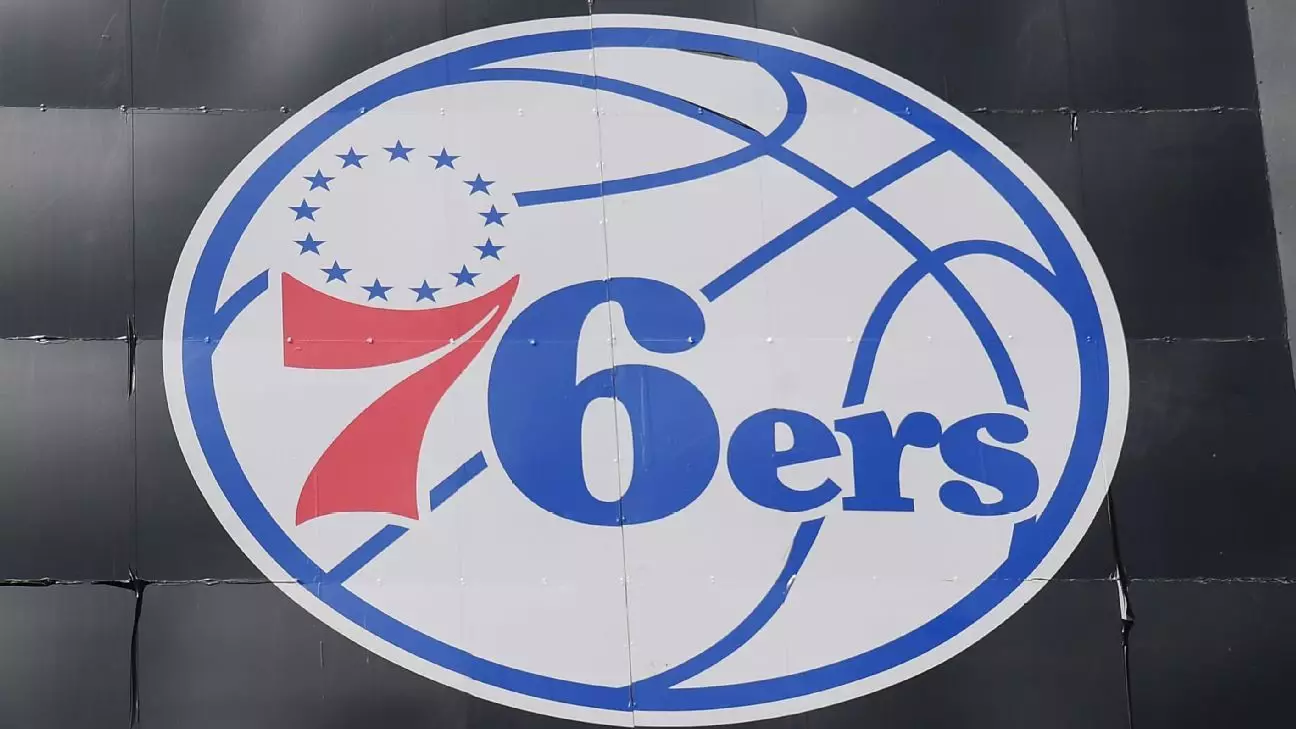In a surprising turn of events, the Philadelphia 76ers have opted against their ambitious proposal for a $1.3 billion downtown arena, a project that was recently given the green light by the city council. This reversal of fortune not only underscores the complexities of urban development but also highlights the substantial community backlash that often accompanies such large-scale initiatives. Reports from various members of the city council confirmed the team’s decision, which seems to reflect a broader reconsideration of the project amidst mounting opposition and concerns regarding its impact on the local community.
Following this decision, the 76ers have struck a partnership with Comcast Spectacor, the entity that owns the Wells Fargo Center where the team currently plays. While specific details about this new arrangement have yet to emerge, it does reveal a willingness from the team to remain entrenched in the city’s existing sports infrastructure rather than forcing a contentious relocation. The choice to forgo the downtown arena indicates a strategic pivot towards a solution that fosters collaboration and reduces community friction, especially in a time when urban dynamics are in constant flux.
The council’s approval of the downtown arena had already stirred significant debate, especially among residents of the nearby Chinatown area who felt threatened by potential displacement and urban congestion. City Council members who opposed the project were quick to praise the latest development, highlighting a sense of vindication. Jamie Gauthier and Rue Landau criticized the initial pressures that led to the project’s approval, suggesting that the 76ers’ representation had not engaged adequately with the city’s various stakeholders. They noted that the abrupt change reflects a worrying lack of respect for local leadership and community sentiment.
Meanwhile, the blowback from within the council itself is palpable. Jimmy Harrity, an at-large member, expressed feelings of betrayal for having supported the arena’s move, suggesting that he felt manipulated in the political process. Such sentiments hint at a broader discourse regarding the responsibility of city officials to protect community interests against the ambitions of powerful private entities.
The Controversial Context of Development
The proposed downtown arena was intended to be a catalyst for rejuvenating areas like Market East, a retail corridor suffering from neglect and decline. Backers identified the establishment of an 18,500-seat venue as a potential anchor for economic revitalization. However, many critics remain skeptical, fearing that such developments would lead to gentrification and an increase in living costs that displace long-time residents. The Chinatown community’s history of fighting against oppressive urban policies since the 1960s serves as a poignant reminder of the challenges urban developments can pose to established neighborhoods.
Opposition groups raised valid concerns regarding traffic congestion on game days and the potential marginalization of local residents as new, upscale developments began to reshape the urban landscape. Indeed, the debate surrounding the arena reflects a larger narrative about urban growth, economic opportunity, and social equity.
Looking Ahead: Community and Urban Planning
As the 76ers recalibrate their plans, the conversation now shifts to what the team intends to do moving forward and how they plan to engage with the communities they affect. The abandonment of the downtown arena should ideally lead to a period of reflection—not just for the 76ers, but for all stakeholders involved in urban development.
In an era where community voices are more critical than ever, the Philadelphia 76ers’ decision could serve as a model for other cities grappling with similar dilemmas. With economic interests often at odds with community welfare, the need for robust dialogue and genuine partnerships has never been clearer. As we consider the future of Philadelphia and its vibrant communities, the hope is that this moment serves as a transformative opportunity to forge more inclusive, equitable paths in urban planning. The 76ers have a chance to embody innovative leadership by prioritizing dialogue and developing solutions that respect both the economic aspirations of the city and the needs of its residents.

